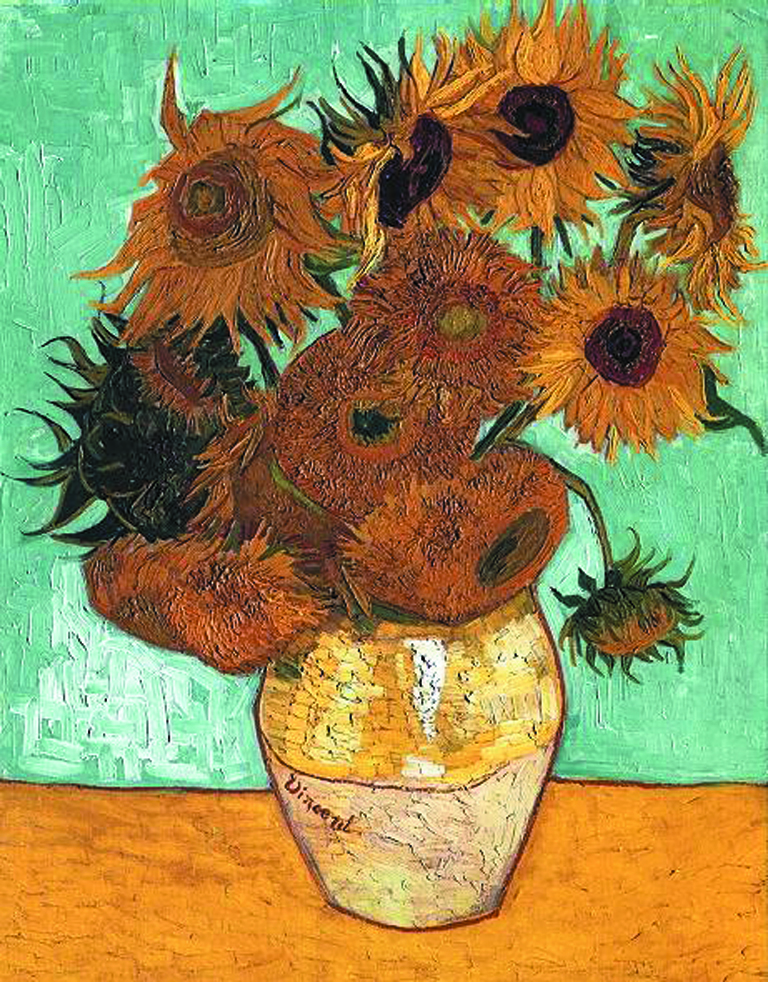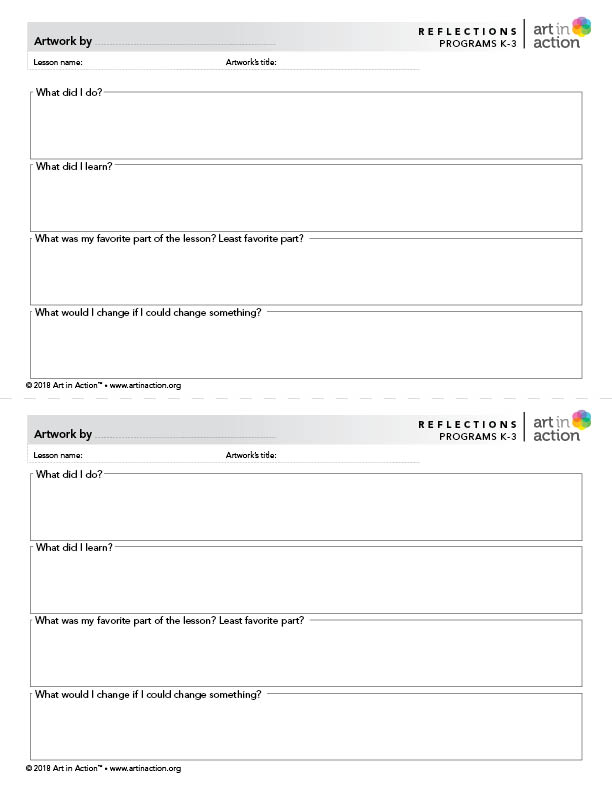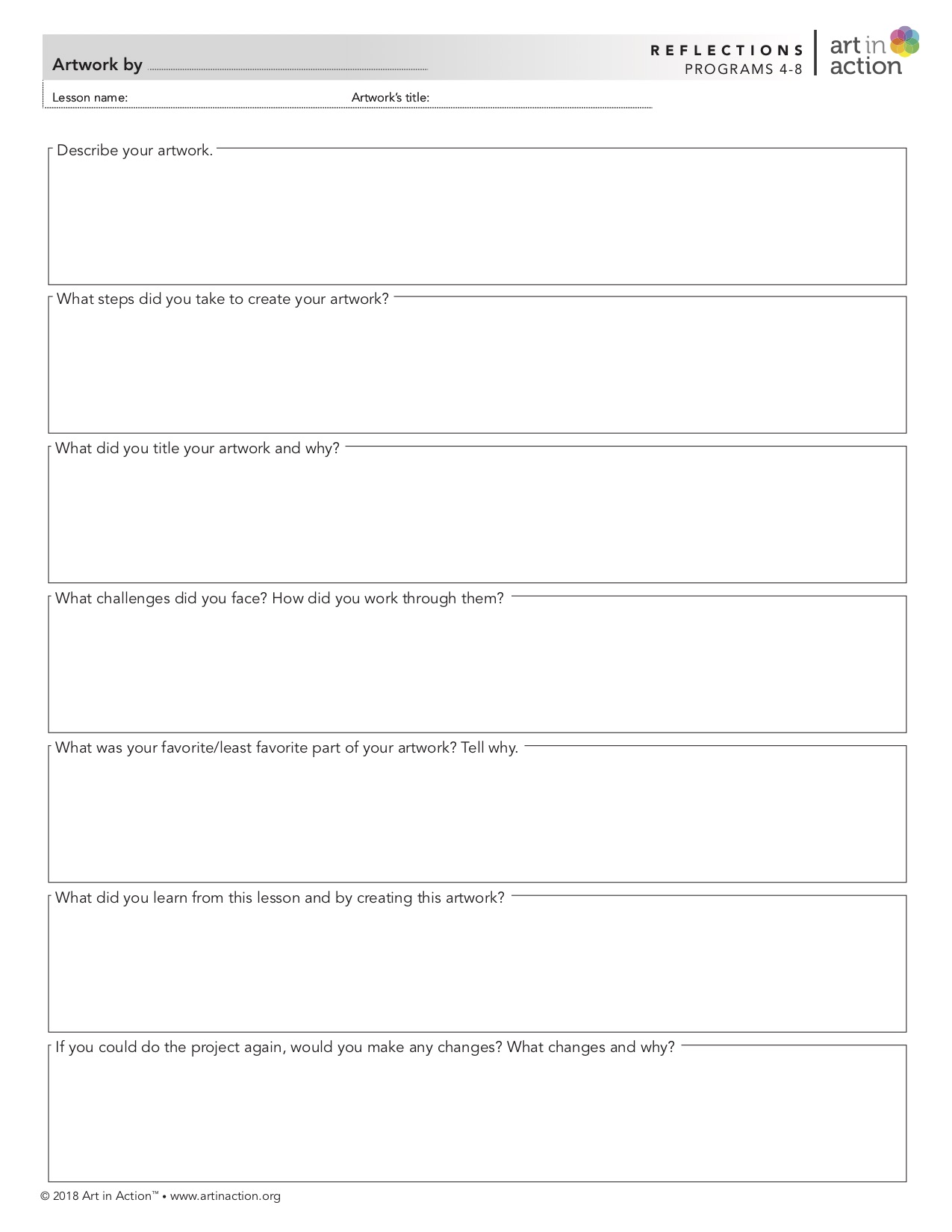Lesson Menu




Skip To:
Skip To:
Overview
Sunflowers 1888, oil on canvas, 91 cm. x 72 cm. Neue Pinakothek, Munich, Germany
In this lesson, students will:
- Analyze Sunflowers, by van Gogh, and learn how artists paint expressively
- Identify warm colors, circular shapes, and rough texture
- Draw round and oval shapes and straight and curving lines to make flowers and vases
- Paint still life of flowers, using a digital paint program
Lesson Teaching Notes
A document of summary pages on the lesson’s Key Concepts, Discussion Questions, Artist Points, and Project Directions.
Print Teaching Notes Share Your Feedback
Video for Teacher or Docent (not Students)
Skip To:
Student Gallery
Materials and Setup
Photos of Setup
Video for Teacher or Docent (not Students)
Project Directions
Still Life Flowers
Video
Skip To:
Student Gallery
Reflections
Artist Statement
Downloads and Resources
Additional Links
APP TUTORIALS:
Taking you to the Forum...



